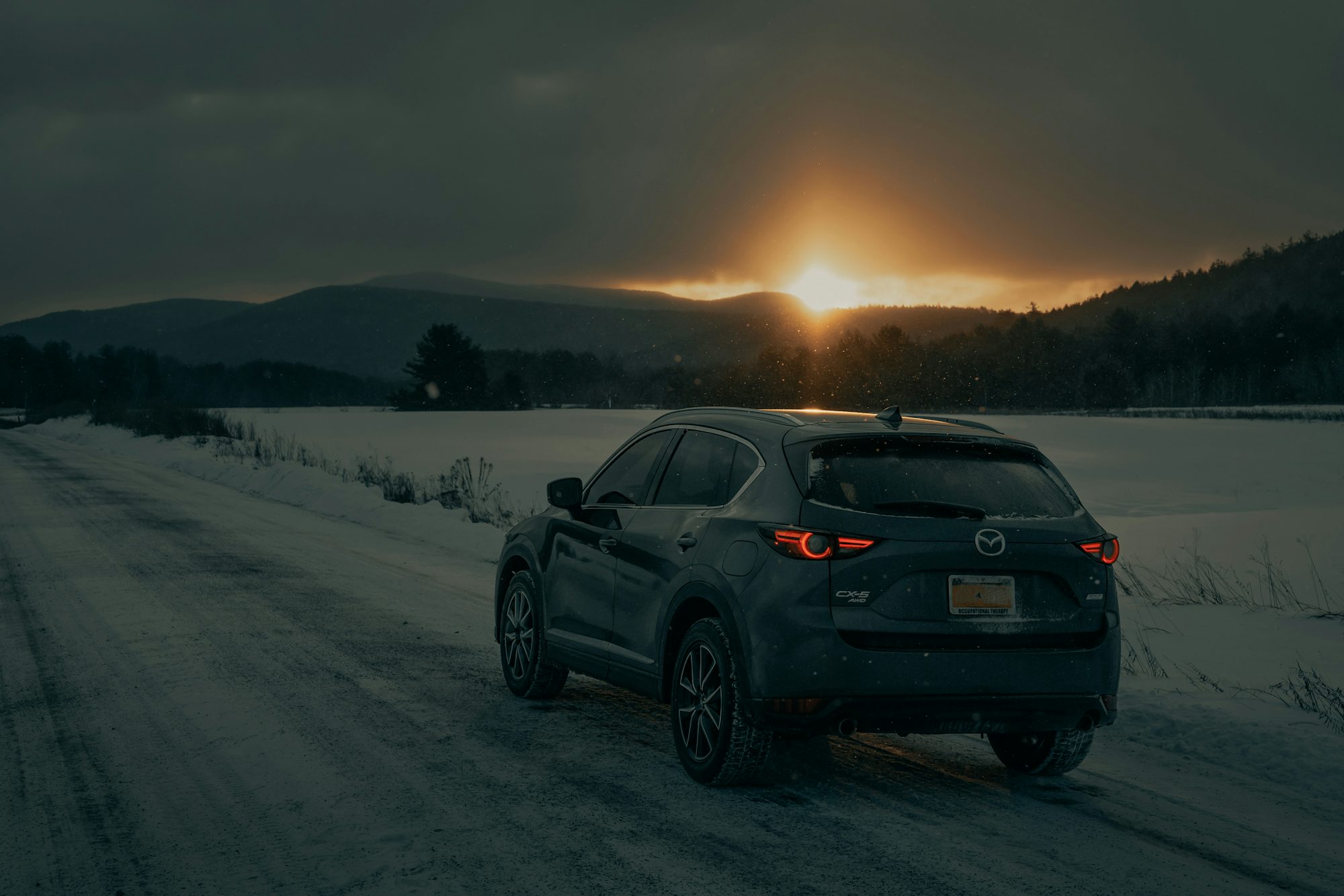Exploring the Evolution of SUVs: A Journey Through Design and Functionality
Historically, SUVs originated from military vehicles, designed to navigate rough terrains and provide durability. Early models, such as the Jeep Willys, showcased the core attributes of off-road capability and strength. As the demand for more versatile vehicles grew, automakers began to adapt these rugged designs for civilian use, leading to the birth of the modern SUV. The iconic Ford Bronco and Chevrolet Blazer represented this shift, combining off-road prowess with increased comfort and functionality.
As the 1990s approached, the SUV market exploded in popularity, largely driven by the rise of suburban living and family-oriented consumers. Manufacturers began to recognize the potential for larger, more comfortable vehicles that could accommodate growing families. This era saw the introduction of midsize and full-size SUVs, like the Ford Explorer and Toyota 4Runner, which offered spacious interiors and versatile cargo options. These vehicles became synonymous with family road trips and outdoor adventures, appealing to a broad audience.
The late 1990s and early 2000s marked a pivotal moment in the evolution of SUVs with the introduction of luxury models. Brands like BMW, Lexus, and Mercedes-Benz recognized the opportunity to cater to consumers seeking both comfort and performance. The BMW X5 and Lexus RX quickly became benchmarks in the luxury SUV segment, featuring high-end materials, advanced technology, and an emphasis on driving dynamics. This innovation not only elevated the perception of SUVs but also expanded their appeal beyond traditional consumers to affluent buyers.
As environmental awareness grew, automakers began to shift their focus towards sustainability, leading to the rise of hybrid and electric SUVs. This new generation of vehicles aimed to reduce fuel consumption and emissions while maintaining the versatility that SUV drivers expect. Models like the Toyota RAV4 Hybrid and Tesla Model X showcased how eco-friendly technology could be seamlessly integrated into SUV design without sacrificing performance or comfort. This evolution reflected a broader trend in the automotive industry, aligning consumer preferences with environmental responsibility.
In recent years, the demand for compact and crossover SUVs has surged, as urban living becomes increasingly common. These vehicles offer the elevated driving position and versatility of traditional SUVs but are designed for easier navigation in congested city streets. Compact SUVs like the Honda HR-V and Subaru Crosstrek provide the perfect balance of size and functionality, making them ideal for city dwellers and young families.
The diversity within the SUV market has never been greater, with options ranging from off-road capable models to performance-oriented vehicles. Off-road enthusiasts can choose from rugged models like the Jeep Wrangler and Toyota Land Cruiser, built to tackle challenging terrains with specialized features such as advanced suspension systems and four-wheel drive. On the other hand, performance SUVs like the Porsche Macan and Mercedes-AMG GLE 63 offer exhilarating driving experiences with powerful engines and precision handling, appealing to those who seek a sportier edge in their SUV experience.
Luxury SUVs continue to evolve, offering cutting-edge technology and sophisticated design elements. Brands are focusing on integrating smart features such as advanced driver-assistance systems, premium audio systems, and state-of-the-art infotainment options. Models like the Audi Q7 and Range Rover Velar exemplify this trend, providing a lavish driving experience while maintaining the practicality that SUVs are known for.
As we look towards the future, the SUV segment is expected to continue evolving, driven by advancements in technology and changing consumer preferences. The rise of autonomous vehicles and improved connectivity will likely shape the next generation of SUVs, offering enhanced safety features and driving convenience. Additionally, as electric vehicle technology matures, we can anticipate a growing lineup of electric SUVs that blend sustainability with performance, paving the way for a greener automotive landscape.
In conclusion, the evolution of SUVs has transformed them into versatile vehicles that cater to a wide array of drivers. From their rugged beginnings to their current status as family-friendly, luxury, and performance-oriented vehicles, SUVs have adapted to meet the needs of modern consumers. Whether you're seeking an off-road adventure, a comfortable family vehicle, or an eco-friendly option, the SUV market offers something for everyone. As you explore your options, consider the unique features and capabilities of each SUV type, ensuring you find the perfect match for your lifestyle. Embrace the journey ahead and enjoy the versatility that SUVs bring to your driving experience.
